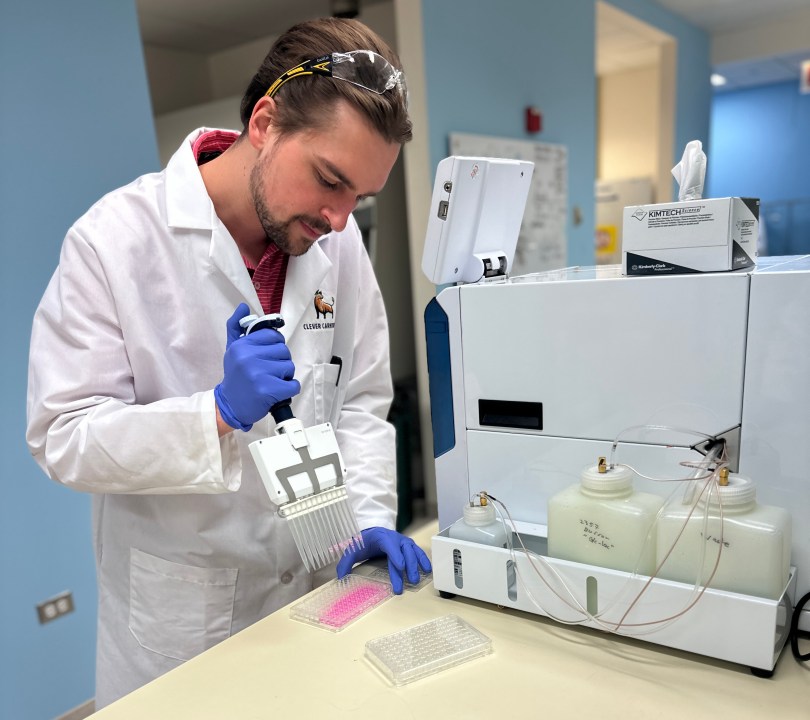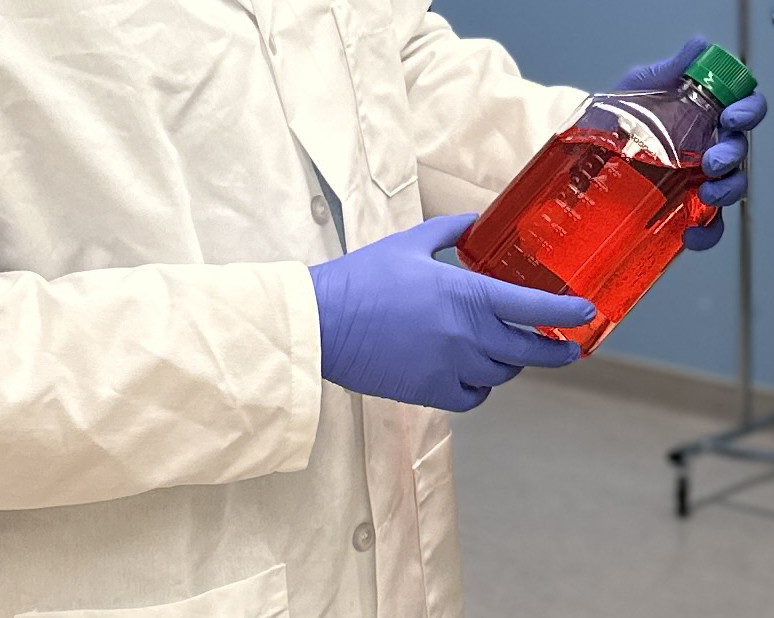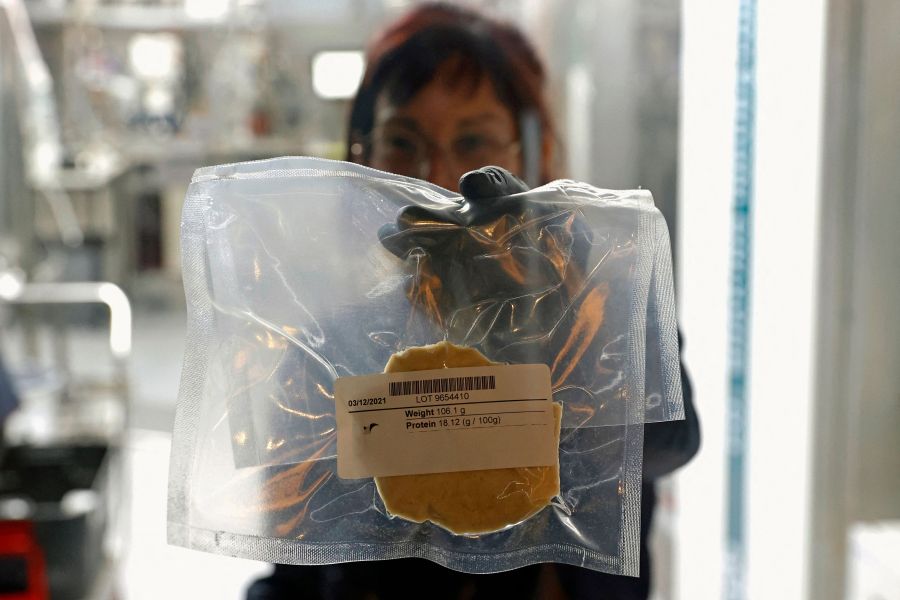Correction: A previous version misspelled Virginia Rangos’ name and misstated that Tyson was an investor in Clever Carnivore.
CHICAGO (NewsNation) — The process of “growing meat” — made in a lab from a single animal cell — looks a lot like making cotton candy.
Tiny white flecks spin in a red liquid feeding their growth, clumping together over time until there’s enough muscle tissue to create a steak, chicken nuggets or, in the case of Clever Carnivore, a Chicago-style sausage.
“It’s full circle: (Chicago’s history) being the meat packing capital, the Stockyards, and bringing that back in a sustainable, eco-friendly, cruelty-free way,” said Ray Copley, a biomedical engineer who manages the startup’s cell line development.
Clever Carnivore is one of a handful of startups working to grow meat that is identical on a cellular level to farm-raised meat — without the need to raise livestock.
Proponents say that compared to traditional meat, this “cultivated meat” could cut down greenhouse gas emissions by 87%, and reduce supply chain volatility that has wreaked havoc on food prices in recent years. It uses less land, water and energy to produce.
It may also be an appealing solution for people who want to eat more sustainably but aren’t willing to give up meat.
“If cultivated meat doesn’t taste the same, cook the same and come in at the same price point … we know (it) can never convert the majority of consumers,” said Virginia Rangos, who founded the company with her husband Paul Burridge.
Where does my food come from?
While the advent of test-tube meat might seem like a scene out of “The Hitchhiker’s Guide to the Galaxy,” such a future is already here. Diners in Singapore have been able to taste cultivated chicken in high-end restaurants since 2020.
In the U.S., the Food and Drug Administration just approved a second brand of lab-grown chicken for the market. However, its manufacture is likely too expensive for it to show up in the average grocery store just yet.
Clever Carnivore is currently working to start the process for FDA approval. The organization’s goal is to offer consumers a $1 sausage — comparable in price and substance — on the market in early 2025.

Such breakthroughs are the pinnacle of a decadelong movement to find an alternative to the traditional way a pork chop makes its way to your corner store. The global market for meat substitutes has grown by 48% annually since 2013, according to data analyzed by Statista.
Still, a lot of people continue to prefer meat — $1.3 trillion worth this year — the analysis found. By comparison, alternative meat solutions are predicted to make $13 billion globally.
How does it work?
Clever Carnivore’s method is similar to that used in stem cell research, an area in which Burridge has more than a decade of expertise.
Scientists take a small skin biopsy from an adult pig, then turn it back into a stem cell. This cell is then placed in a nutrient-rich liquid and stored at a pig’s internal body temperature while the cells replicate.

When there are enough cells, they’re then put in a bioreactor — a machine that gently spins, causing the replicating muscle cells to clump together. Once the cells reach a specific mass, they can be combined with animal or plant fat, spices or flavorings to create essentially a biological replica of what you see at a grocery store.
But not all “cultivated meat” is created equal, Rangos said. Some companies use genetic modification, add growth hormones or include animal-derived ingredients — which may not be palatable to consumers. Others use methods that contain both skin and muscle cells in the final product, impacting the flavor.
Clever Carnivore stresses that Burridge’s expertise allows them to avoid all that, “more or less just kind of recreating the basic conditions necessary to sustain the cell growth, basically creating the conditions inside a pig, outside of a pig,” Rangos said.
And those aren’t the only challenges facing companies trying to perfect this new fare.

Some experts point to companies using more energy and disposable plastic than expected, throwing doubts on the industry’s ability to substantially reduce climate change effects. Others say there’s still a lot we don’t know about the long-term effects of growing muscle tissue so quickly.
But despite the unknowns, many say cultivated meat will revolutionize how Americans think about the question, Where does my food come from?
“Everything is identified, everything that the cells have consumed or been exposed to, all the way from the original animal,” Copley said.

